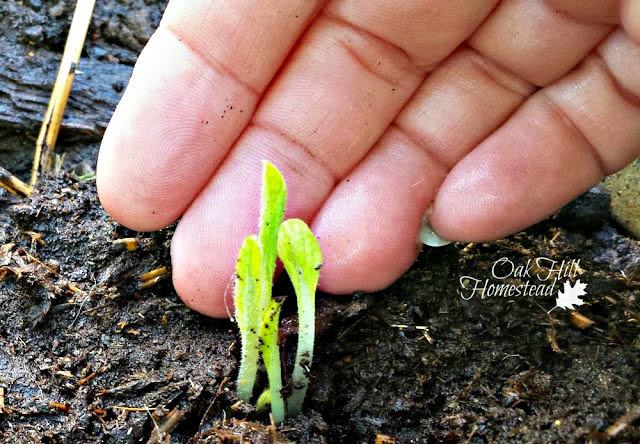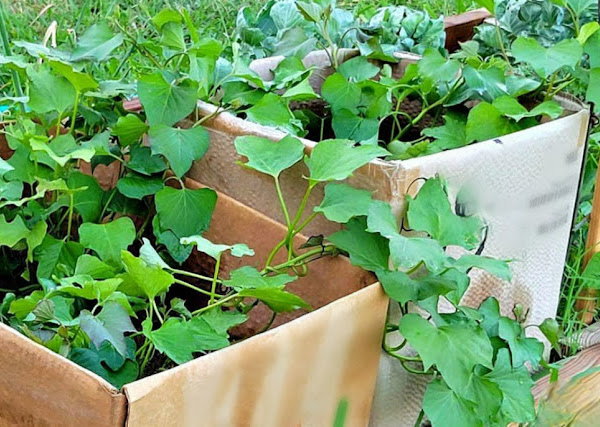Read our Privacy Policy.
Affiliate programs: Oak Hill Homestead is a participant in the Amazon Services LLC Associates Program. As an Amazon Associate I earn from qualifying purchases.
Read more about our affiliate policies here.
Disclaimer: I am not a medical doctor nor a veterinarian. You are responsible for your own health and for that of your animals. Please do your own research before using any products, plants, herbs, and/or essential oils.

















